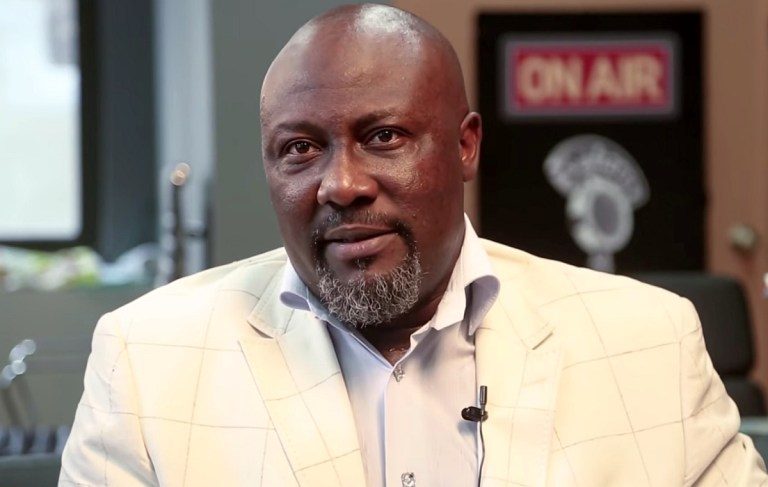Description: Short-form videos may seem harmless, but they’re silently altering your brain. Find out how — and what you can do to take back control.
How Short Social Media Videos Affect the Brain
It feels like half the world is glued to short clips these days. You just can’t scroll for long without bumping into one – they are simply everywhere. In fact, studies said TikTok users spend an average of 34 hours a month on the app and open it about 19 times a day.
Of course, those bite-sized clips can teach you a dance move or help you learn a quick recipe. But there’s another side to the story: they are rewiring our brains in a way that’s not fun.
In this post, we’ll show you some surprising ways short social media videos can mess with your brain so you know exactly what you’re up against.
Here, you will learn:
● What the TikTok Brain phenomenon means
● What studies say about binging on social media short slips
● How these videos are affecting your brain
● If it’s okay for your kids to watch them
Perhaps you have heard this term somewhere before and are wondering what it really means. ‘TikTok Brain’ describes how endless bites of short-form video capture our attention. Think of it as your brain craving its next quick hit – you just want to keep swiping, watching, and swiping over and over.
Neuroscientists note that this habit trains us for instant gratification and makes us lose patience with anything longer than a few seconds. In fact, educators worry that constant, rapid-fire content is rewiring kids’ and adults’ brains to expect nonstop stimulation.
What does that look like in real life? You might find your mind drifting during a meeting, struggling to read a full article, or restless without your phone within reach. Tasks that once felt doable – like finishing a chapter or sitting through a lecture – can now feel unbearably slow.
That’s how many of us slowly fall into the social media trap you can read about at https://www.slotozilla.com/trapped-by-screen without even noticing. What starts as casual viewing quickly becomes a compulsive habit. You grab your phone for a 2-minute break, and suddenly, half an hour has slipped away.
That’s the ‘TikTok Brain’ phenomenon in action. But that’s not all the potential negative impact excessive consumption of short social media videos can bring. We will get into that in detail later in this post.
The Rise in Short Social Media Videos Has Its Pluses
While short social media videos do have their negative effects, as we said, they also come with some real upsides. And that looks like a good place to start this post. Here are some of the positives of these bite-sized clips:
● Quick Entertainment: Everyone knows this. These short clips can save the day when you need to quickly boost your mood. You just need a 15-second dance clip to do the magic. Are you waiting in line or having a quick coffee break? These videos sure can provide quick entertainment.
● Learning Opportunities: There is no denying it; short videos have turned bite-sized learning into a trend. Want to nail a guitar chord or remember a maths formula? Creators break complex skills down into tiny chunks that are way less intimidating than hour-long courses.
● Social Connection: You can easily join a global conversation by simply hopping on a trending hashtag or duet chain. Whether you’re doing your own version of a viral dance or reacting to a friend’s clip, these videos create instant moments of connection.
● Creativity and Expression: The format’s simplicity invites anyone to try their hand at content creation. You don’t need any fancy gear – just your phone and an idea. This has unleashed a wave of creativity that gives hidden talents a platform and inspires others to experiment.
The Negative Impacts of Short Social Media Videos On Our Brain
To many people, these short videos may feel harmless, but the truth is that they’re rewiring our brains in subtle ways. Below are some of the biggest hits your brain takes when you binge on endless clips.
When you binge endless short-form videos, your brain adapts to expect constant novelty – and that comes at a cost. According to a recent study, students with higher tendencies toward short-video addiction seem to struggle with concentrating. And most of these students, hence, find it easy to procrastinate more, finding it tough to tackle longer tasks.
The truth is that these videos basically train your brain to jump from one quick thrill to the next. That way, anything slower, like reading an article or sitting through a lecture, starts to feel painfully dull.
Leave a Hit on the Dopamine Pathway and Reward System
Every time you swipe or hit replay, your brain gets a little dopamine rush, just like pulling a slot machine lever. Studies show that the ventral segmental area, the centre for dopamine release, lights up with each clip, pushing you to chase the next buzz.
Over time, this feedback loop can hijack your reward system, making everyday pleasures like a good chat or a tasty meal feel boring by comparison. What’s worse? Nonstop stimulation can actually rewire your brain’s pleasure pathways, much like drug addiction. Your synapses adapt to crave bigger, faster hits, leaving everyday experiences feeling flat.
In plain terms, your brain becomes conditioned to expect instant gratification. So, without that quick video fix, you might find yourself restless, anxious, or unable to enjoy simpler, slower-paced moments.
Ever feel like you can’t resist checking your feed every few minutes? That impulse tug is a sign of weakened cognitive control – that’s your brain’s ability to resist distractions and stick with a task.
Research shows that binging short clips lights up the parts of your brain hooked on quick rewards, while the areas that help you plan and focus take a back seat. Before long, every ping feels impossible to ignore, and powering through an email or finishing a chapter can feel like an impossible thing.
In fact, a study found that people who watched rapid, context-switching short videos struggled to remember and act on plans compared to those in a “no-video” group.
Distorted Social and Emotional Processing
Flipping through everyone’s highlight reels can affect how you pick up on real emotions. After seeing polished edits and over-the-top reactions all day, a face-to-face chat can feel slow and awkward.
Juggling multiple feeds at once – what psychologists call “continuous partial attention”- has been linked to higher stress and poorer emotion regulation. This can make it tougher to read someone’s tone or genuine emotion in face-to-face chats.
Interference with Adolescent Brain Development
Teen brains are still under construction, especially the prefrontal cortex. And that’s exactly the part that helps with decision-making and self-control.
When you expose these developing minds to constant, quick clips, that can affect the brain wiring, making it tougher for such a teenager to manage emotions or delay gratification later on.
What this is saying is that if teenagers constantly spend their time on short video feeds, it can slow down the development of the very brain skills they need to face and tackle real-world challenges as they grow up.
If you have read to this point, you should now know that while those short social media clips might seem like harmless fun, they are subtly rewiring your brain. They are wreaking havoc on your focus, your mood, and even how you relate to people.
More than ever, this is the time we should all sit up and do everything within our power to protect ourselves. This could mean setting strict screen time limits, scheduling “no-scroll” breaks, and more. If we are going to be escaping the TikTok Brain phenomenon, we need to grab the reins now before it grabs us.


